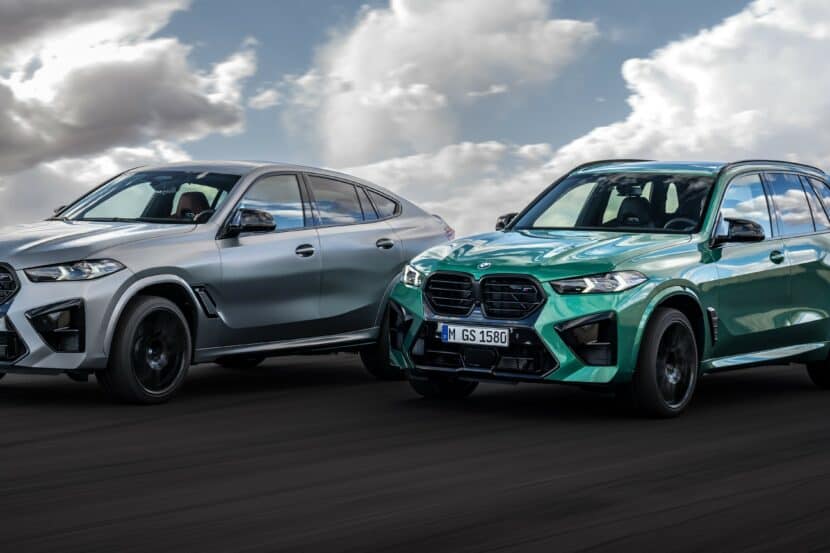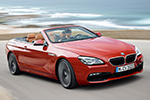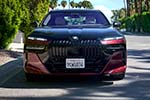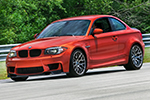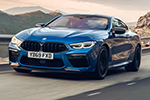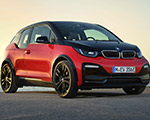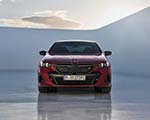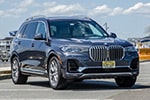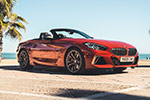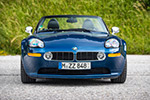With BMW deciding against a true M version for the latest X3, some are now wondering whether the larger X5 will receive the full-fat M treatment in its next generation. Staying true to its “Power of Choice” ethos, our sources close to Munich have learned that both V8 and EV versions are in the pipeline. The upcoming “G95” aims to cater to both camps by offering a gasoline-powered model alongside a purely electric variant.
We’ve heard through the grapevine that the internal combustion version will feature a mild-hybrid V8, bypassing the XM’s clunky plug-in hybrid setup. As expected, BMW M will slot an evolved version of its S68 engine under the hood. Introduced in 2022, the twin-turbo 4.4-liter V8 already powers the current X5 M60i and X5 M.
While exact power figures remain unknown, it’s hard to imagine the eight-cylinder engine producing less than the current 617 horsepower. A bump in output seems likely, though it probably won’t reach the 700-hp threshold. For more power, you’ll need to look at the EV version of the X5 M, which is expected to become BMW’s first true M SUV in electric form. Well, provided the next-gen iX3 in M flavor doesn’t beat it to market. Based on what we’ve heard, the zero-emissions X5 M is likely to deliver over 700 horsepower.
So, when can we expect it? Not for a while. The regular X5 (“G65”) is rumored to enter production in August 2026, with the “G95” unlikely to roll off the line before late 2027 or early 2028. Both the V8 and EV versions will ride on the CLAR platform and be built in Spartanburg. BMW has already announced plans to produce six EVs in South Carolina by the end of the decade. Two of those are expected to be the next-gen X6 (“G66”) and X7 (“G67”). However, only the former is slated to receive an M version. All three will feature multiple V8 and electric M Performance variants.
One lingering question is whether the V8-powered X5 M will be sold in Europe. The inclusion of 48V mild-hybrid tech increases the odds, but with emissions regulations tightening, it’s uncertain whether the V8 will survive in the EU market. After all, it has already been phased out of the 7 Series lineup, except for the armored Protection model.
For now and into the latter part of the decade, BMW’s approach will remain largely the same. It’ll continue to offer a mix of large-displacement engines and electric offerings, including high-performance EVs. Even diesels are sticking around for the time being, ensuring there’s something for everyone.
























